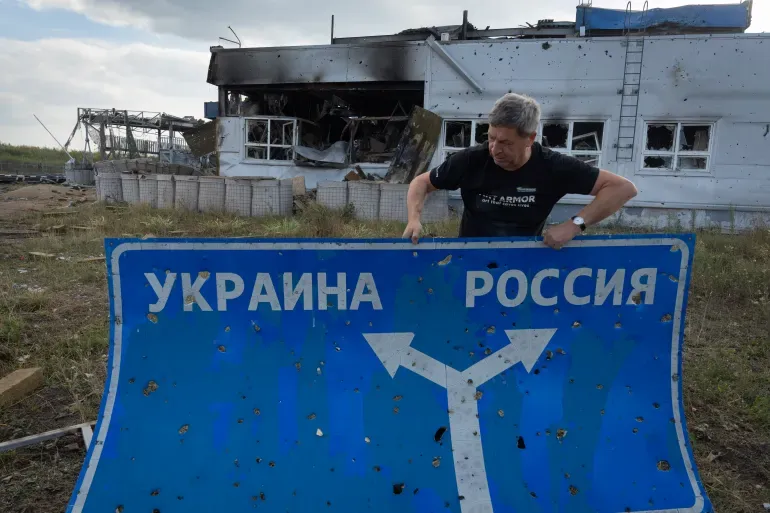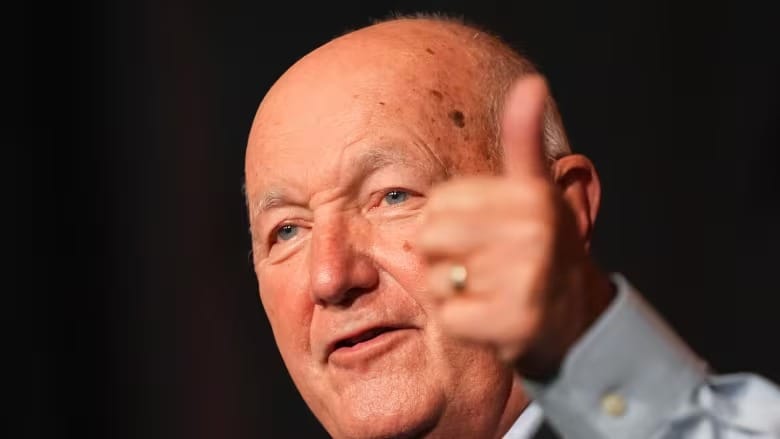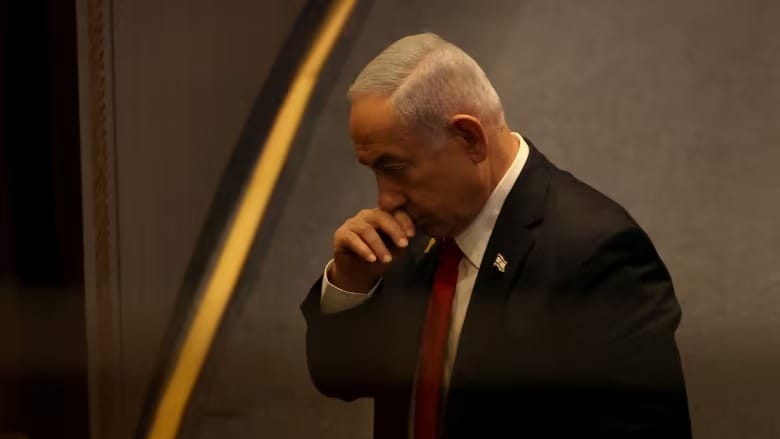Russia lashes out against ‘terrorist’ incursion in Kursk, pulls back planes
Russia redeploys air assets as Ukraine unveils its own long-range weapons and ballistic missiles.

Over the past week, Ukraine’s strategic strikes against Russian military targets and its ongoing ground offensive inside Russian territory have shown notable military and political effects.
Reports indicate that Russia is relocating its aircraft away from airfields near the Ukrainian border, and the frequency of glide bomb attacks within Ukraine has reportedly decreased. Additionally, evidence suggests that Moscow is mobilizing elite units from Ukraine to defend its own territory.
An unnamed White House official informed Politico that “90 percent of the planes that launch glide bombs” against Ukrainian positions have been moved back to Russia.
The independent analysis website Frontelligence confirmed that “between the second half of June and mid-July, Russian forces relocated many valuable assets away from the Ukrainian border,” including aircraft and helicopters.
Ukrainian Colonel Vitaly Sarantsev stated during a joint news telethon broadcast by Ukrainian channels that the Kursk offensive has significantly reduced Russia’s aerial operations against northeastern Ukraine.
“We felt relief in tactical aviation,” Sarantsev said on Sunday. “The enemy has significantly reduced its use in our direction. If previously we had 30 to 50 antiaircraft missiles per day only [in the Sumy region], then yesterday the enemy used air strikes twice, deploying four antiaircraft missiles and 11 unguided air missiles.”
Units stationed in the contested area of Chasiv Yar in the eastern Donetsk region also reported a decrease in glide bombs this month.
Vadym Mysnyk, a spokesperson for the Siversk tactical group, remarked: “It is a sign that we are thinning out their air force and hitting airfields, and we have pushed the enemy away from the border a little.”

However, there is increasing evidence that Moscow is struggling to counter the Ukrainian counteroffensive in Kursk and is increasingly deploying elite units to address the situation.
Russian military reports and geolocated footage have shown that elements of the 810th and 155th naval infantry brigades, the 11th Airborne Brigade, and the 51st and 56th airborne regiments have been redeployed to Kursk. These units were previously engaged in Kharkiv, Siversk, and Chasiv Yar.
Ukrainian Commander-in-Chief Oleksandr Syrskii estimated that around 30,000 Russian soldiers have been redirected from Ukraine, which represents a significant portion of the over 700,000 Russian troops estimated to be in Ukraine.
The Washington, DC-based Institute for the Study of War (ISW) estimated that Russia would require about 60,000 soldiers to reclaim territory in Kursk once Ukrainian defenses are established. London’s International Institute for Strategic Studies concurred with this estimate.
Despite these shifts, Russia has maintained its focus on its offensive toward the city of Pokrovsk in Donetsk, where it has carried out roughly a third of its daily assaults. In the past week, Russia has made at least 2km (1.2 miles) of progress through Hrodivka and Novohrodivka, moving within 12km (7.5 miles) of Pokrovsk. Sarantsev admitted that the Kursk offensive has not impacted the Pokrovsk front.
Western analysts offer various explanations for the Kursk offensive, including the diversion of Russian troops and the potential psychological impact of seizing the initiative. Ukrainian President Volodymyr Zelenskyy suggested last week that the offensive serves as a preemptive defense against a potential northern invasion akin to Kharkiv. Zelenskyy also mentioned that it compensates for a deficit in long-range capabilities.
Zelenskyy has repeatedly urged the United States to allow Ukraine to use ATACMS long-range rocket artillery to target airfields deep within Russia, and to encourage Britain and France to authorize their Storm Shadow missiles for similar use.
Currently, the U.S. permits Ukraine to use its weapons for counter-battery fire within a limited range but restricts attacks on Russian airfields to avoid escalating U.S. involvement in the conflict.

In a recent analysis, ISW noted that “at least 209 of 245 (more than 85 percent) known Russian military objects within ATACMS range are not air bases” but include ammunition depots, communications centers, and command centers.
White House national security spokesperson John Kirby indicated that while restrictions on long-range weapons remain, “we’ll keep the conversations with the Ukrainians going” to potentially revise them.
The European Commission, which does not command military assets, has openly supported lifting these restrictions. European Union diplomat Josep Borrell reiterated this support, stating that removing restrictions on military capabilities could enhance Ukrainian self-defense and reduce destruction in Ukraine.
Russian officials have vehemently opposed such decisions. Russian Foreign Minister Sergey Lavrov criticized the West for allegedly seeking escalation, and Deputy Foreign Minister Sergei Ryabkov accused Washington of disregarding common sense. Russian Ministry of Foreign Affairs spokesperson Maria Zakharova condemned the potential use of long-range missiles as a means of turning Ukraine into a “terrorist organization,” labeling Ukraine’s Kursk offensive as an “insane and suicidal escapade.”
Despite these criticisms, Ukrainian Commander-in-Chief Syrskii reported that Ukraine had reclaimed 1,294 square kilometers (500 square miles) and taken control of 100 settlements within three weeks. Although Ukrainian progress has slowed recently, Russia has not regained any lost territory.
Zelenskyy is also advocating for a joint air defense system with EU allies, aiming to enhance defensive capabilities without provoking Russia, similar to the system used to protect Israel from an extensive Iranian missile and drone attack in April.
Following Russia's recent large-scale aerial attacks on Ukraine's energy and civilian infrastructure, Zelenskyy emphasized the need for a unified defense.





